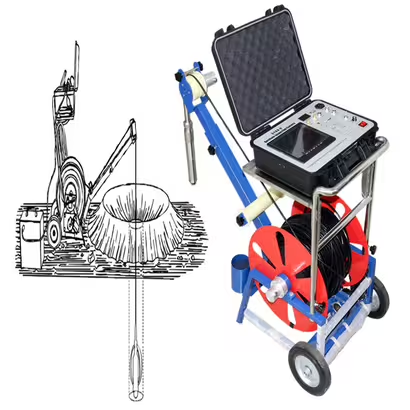

We begin the well maintenance process by conducting a thorough video inspection to identify the type of issue and determine the most effective treatment methods.
After conducting an internal inspection of the well using a specialized camera, the condition of the well is carefully evaluated to identify any issues affecting water production efficiency. The process includes the following steps:
🔍 1. Identifying the Problem Through Imaging
🧠 2. Determining the Appropriate Work Method
🎯 Objectives of Maintenance
Would you like this formatted as a formal maintenance report or proposal? I can help tailor it to your needs.